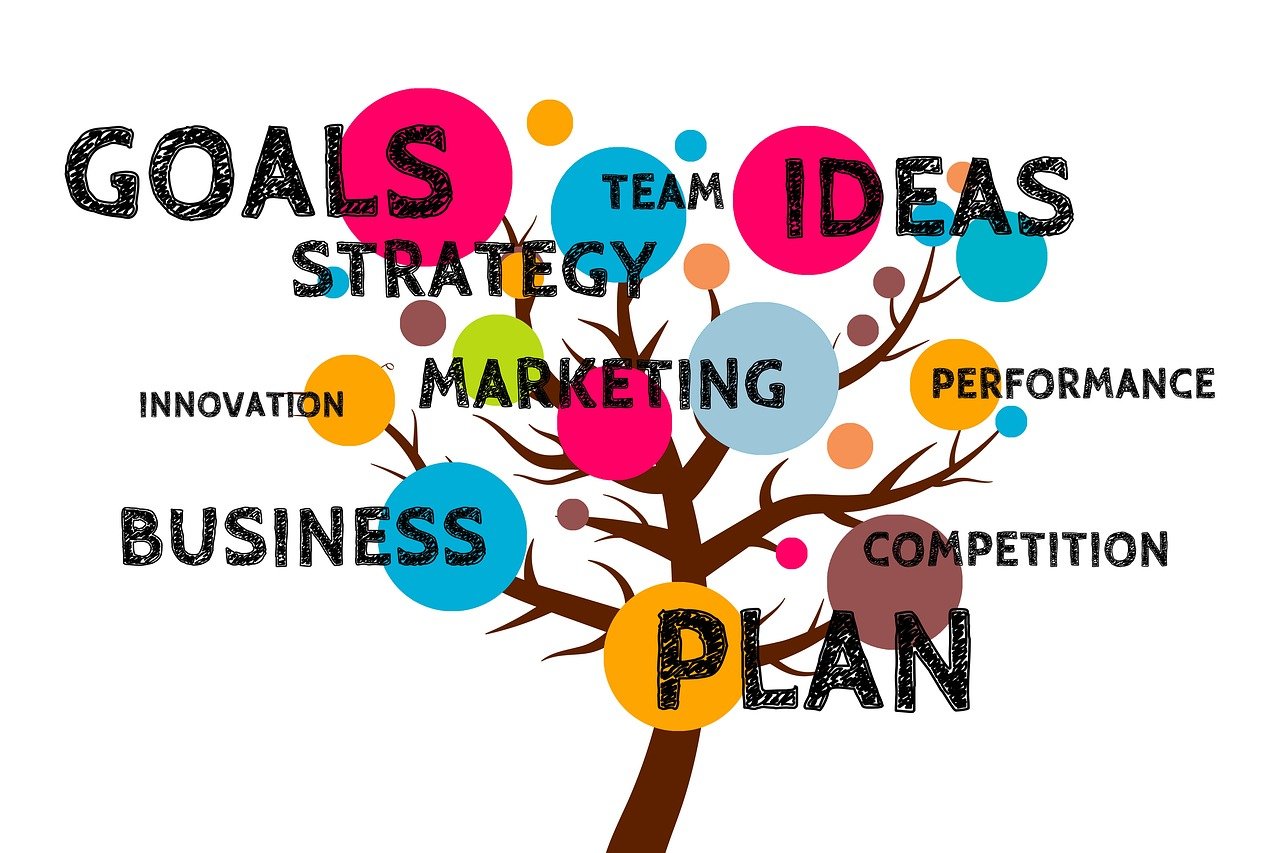In the fast-paced world of project management and collaborative work, having the right tools can make all the difference. Two popular options in this realm are Jira and Airtable.
Both platforms offer unique features and functionalities that cater to various project management and collaboration needs.
In this article, we’ll delve into the details of Jira vs Airtable, highlighting their strengths, weaknesses, and use cases to help you decide which tool aligns better with your requirements.
Jira vs Airtable: Exploring Key Differences
When it comes to selecting a project management and collaboration tool, it’s crucial to understand the nuances of each platform. Let’s take a closer look at how Jira and Airtable compare across different aspects:
Flexibility and Customization
One of the key differentiators between Jira and Airtable lies in their approach to flexibility and customization. Jira is known for its extensive customization options that allow teams to tailor workflows, issue types, and fields to match their specific needs. On the other hand, Airtable offers a user-friendly interface that enables users to create custom databases and tables effortlessly. While Jira’s flexibility caters to more complex projects, Airtable excels at simplicity and quick setup.
Project Complexity and Scalability
Considering the scope of your projects is essential when choosing between Jira and Airtable. Jira is designed to handle complex projects with intricate workflows and advanced reporting. Its integration with various development tools makes it a preferred choice for software development teams. Conversely, Airtable is best suited for smaller projects and teams that prioritize ease of use. Its scalability is limited compared to Jira’s capacity to handle large-scale projects.
Workflow Management
Efficient workflow management is at the core of project success. Jira offers robust workflow automation features that enable teams to streamline processes and automate repetitive tasks. It’s particularly advantageous for teams adhering to Agile methodologies. On the other hand, Airtable focuses on simpler workflows, making it suitable for creative teams and smaller businesses that require less intricate process management.
Collaboration and Communication
Collaboration is a critical aspect of project management. Jira offers integrated communication tools, such as commenting and @mentions, within its interface, enhancing collaboration among team members. Airtable, while offering collaboration features, is more focused on data organization and sharing. Choosing between the two depends on whether you prioritize seamless communication or data-centric collaboration.
Reporting and Analytics
Data-driven decision-making is facilitated by strong reporting and analytics capabilities. Jira provides advanced reporting with customizable dashboards and charts, allowing teams to gain insights into project progress and performance. Airtable, while offering basic reporting, is not as robust in this aspect compared to Jira. If in-depth analytics is crucial, Jira might be the better choice.
Integration Possibilities
The ability to integrate with other tools in your tech stack can enhance overall productivity. Jira boasts a wide range of integrations with development, testing, and collaboration tools, making it a go-to solution for software development teams. On the other hand, Airtable integrates with various third-party apps, but its integrations are not as extensive as Jira’s. Choose based on your team’s integration requirements.
Ease of Onboarding
Smooth onboarding is vital to ensure that teams can adapt to the chosen tool quickly. Airtable shines in this aspect with its intuitive interface and user-friendly design. New users can easily grasp its functionalities, making it suitable for teams without extensive technical backgrounds. Jira, due to its complexity, may require more time for training and familiarity.
Pricing Structure
Budget considerations play a significant role in tool selection. Airtable offers transparent pricing tiers, making it easier to predict costs as your team grows. Jira, while powerful, can be more expensive, especially when integrating with multiple add-ons and plugins. Analyze your budget and feature requirements before making a decision.
Jira vs Airtable: FAQs
Can Jira and Airtable be used together for different aspects of a project?
Yes, it’s possible to leverage the strengths of both platforms for different project stages. Jira can handle complex development workflows, while Airtable can be used for initial brainstorming and data organization.
Which platform is better for small creative teams?
For small creative teams, Airtable’s user-friendly interface and data organization capabilities make it an ideal choice. It simplifies project management without overwhelming users.
Does Jira’s complexity lead to a steep learning curve?
Jira’s extensive features and customization options do contribute to a steeper learning curve. However, the investment in time and training can lead to efficient project management once mastered.
Can Airtable accommodate large-scale projects?
While Airtable is versatile, its scalability is better suited for smaller projects. As projects grow in complexity and size, Jira’s robust features and scalability become more advantageous.
How does Jira’s integration ecosystem compare to Airtable’s?
Jira boasts a comprehensive integration ecosystem, particularly for development tools. Airtable’s integrations are versatile but not as extensive as Jira’s, especially in the software development domain.
Is one platform objectively better, or does it depend on specific needs?
There’s no one-size-fits-all answer. The choice between Jira and Airtable depends on project complexity, team size, budget, and the need for customization. Assess these factors to determine the best fit.
Conclusion
Selecting the right project management and collaboration tool between Jira and Airtable hinges on understanding your team’s requirements and project characteristics. Jira excels in complex workflows, extensive customization, and robust reporting, making it a preferred choice for software development and larger projects. Airtable, on the other hand, is perfect for smaller teams and projects that value simplicity, ease of use, and quick setup. By analyzing your specific needs, you can make an informed decision that aligns with your goals and leads to more successful projects.





